Jaguar Land Rover’s new advanced product creation centre in Gaydon employs about 13,000 engineers and designers. But back in 1966 it was just three souls – working out of hours, no less – that drew up the initial design of what would become an all-new model for the Rover Company. Then three engineers took the vehicle to production-ready status in only two years. It was a remarkable achievement.
In turn, the project was variously known as ‘Alternative Station Wagon’, ‘100-inch Station Wagon’ and ‘Concept Oyster’ before being launched in 1970 wearing a much more familiar name: Range Rover.
Today, we mark 50 years of the pioneering 4x4 by driving one of the remaining pre-production Range Rovers – engineering vehicle number 23 – which turned from test hack to unlikely rally car in the hands of one of the three aforementioned engineers, Roger Crathorne, who later became its owner. And to see what four generations of evolution looks like, we’ve brought along a current Range Rover SDV8 Vogue.
But first to join the dots between 1966 and 1970. Spencer ‘Spen’ King’s job in Rover’s creative New Vehicle Projects Department was to go metaphorically off piste. But it was a literal manifestation of his role that sparked the idea for the Range Rover when he took a Rover P6 2000 saloon clambering over fields near the company’s factory in Solihull. The car’s soft, long-travel coil springs, he theorised, could do a far better job than the Land Rover’s leaf springs at smoothing out rough terrain while also improving on-road handling.
Emerging international demand for American-style four-wheel-drive ‘leisure’ vehicles such as the International Harvester Scout, Jeep Wagoneer and Ford Bronco warranted further investigation of the concept but called for a more potent heart than Land Rover’s relatively tame 2.25- and 2.6-litre engines. As it happens, with its saloon cars in mind, Rover had already agreed to buy General Motors’ tooling for the all-alloy 3.5-litre Buick V8. That would do nicely.


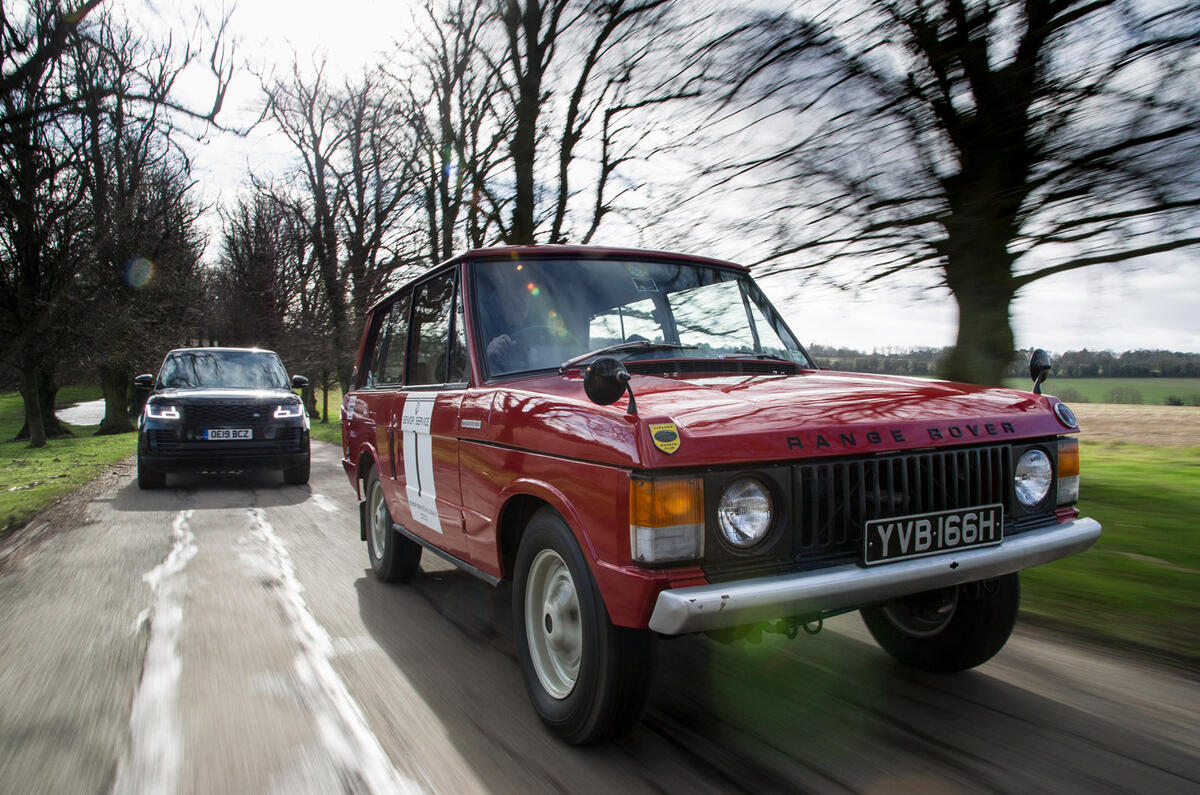

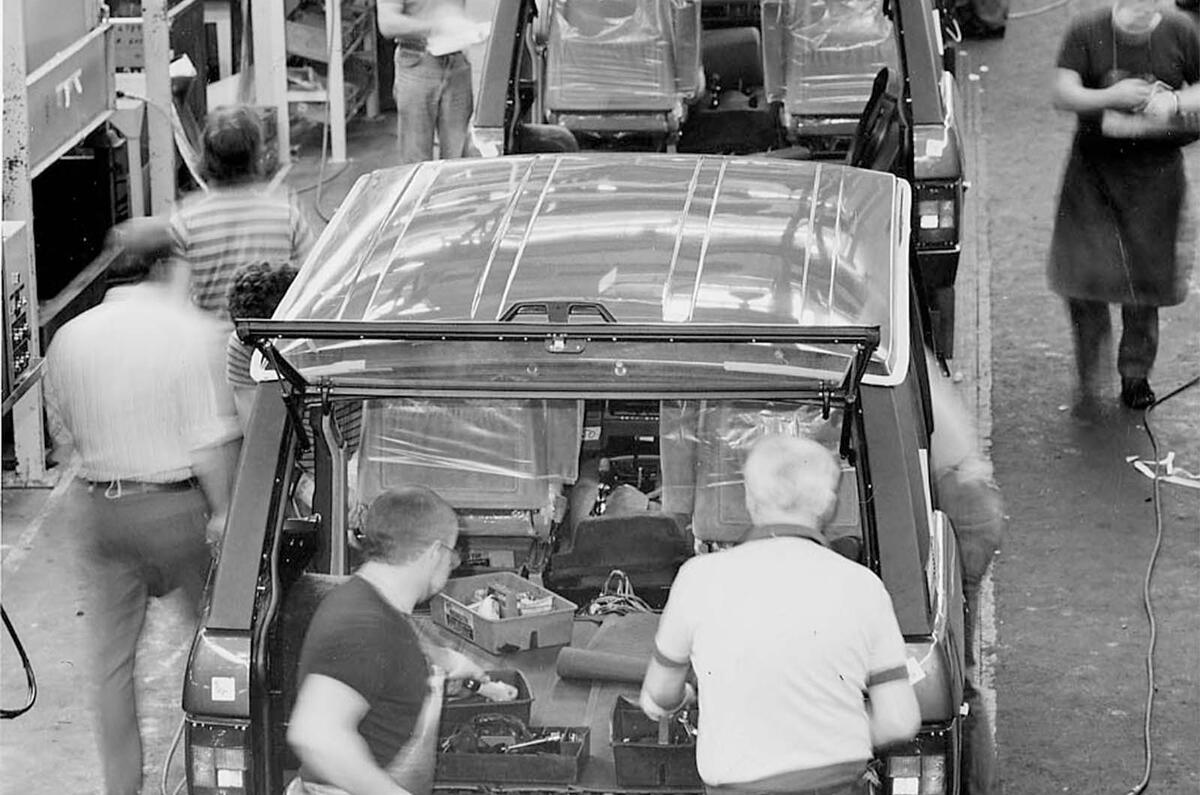
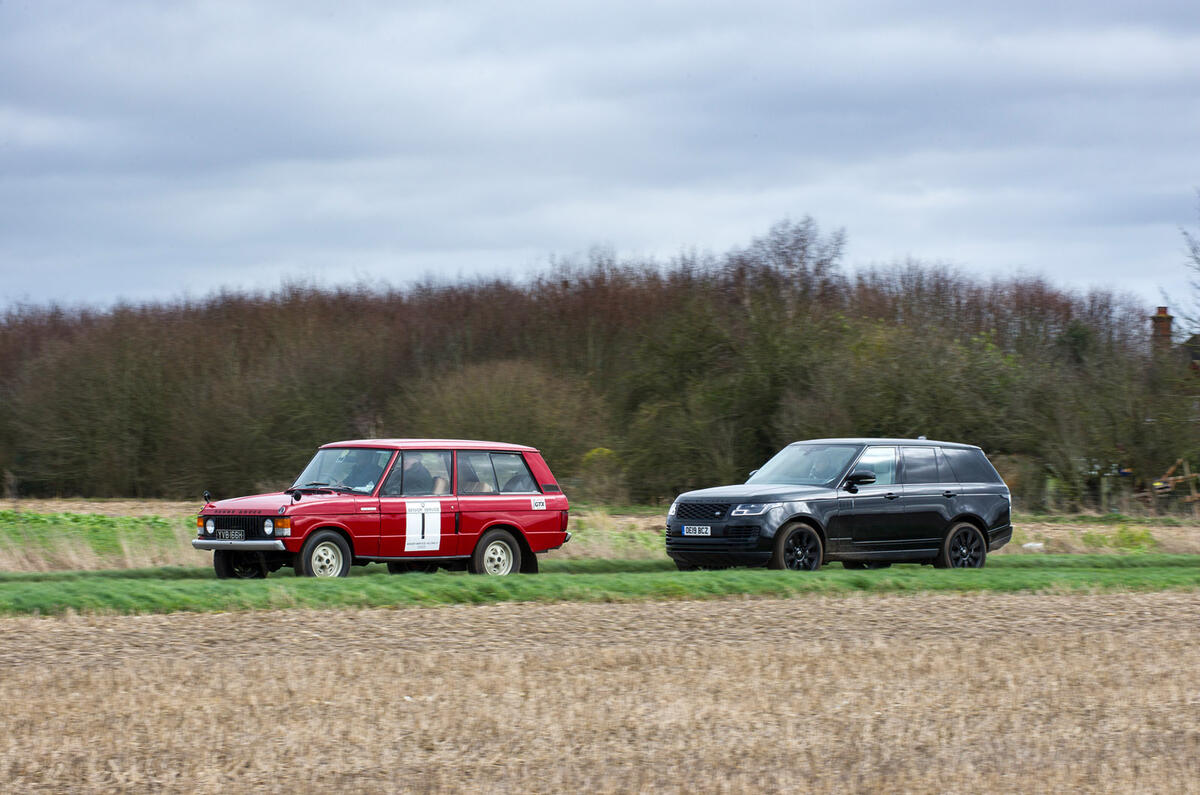
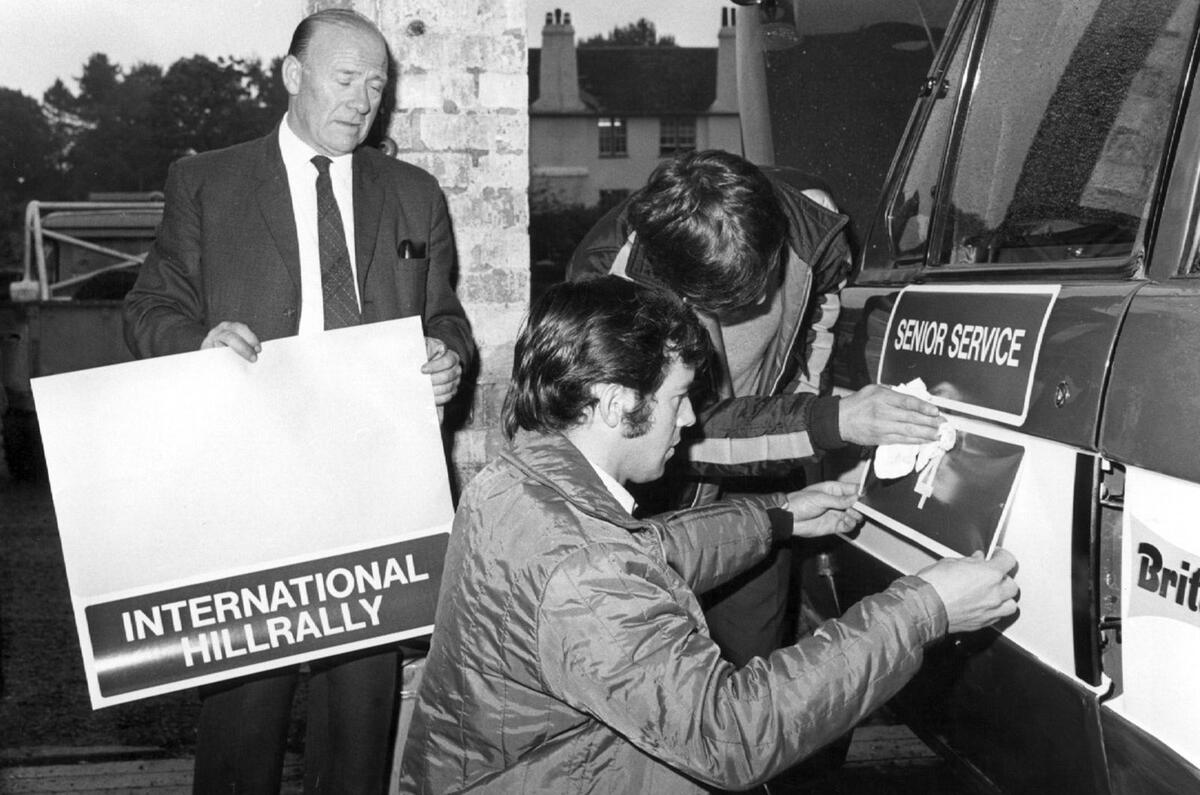
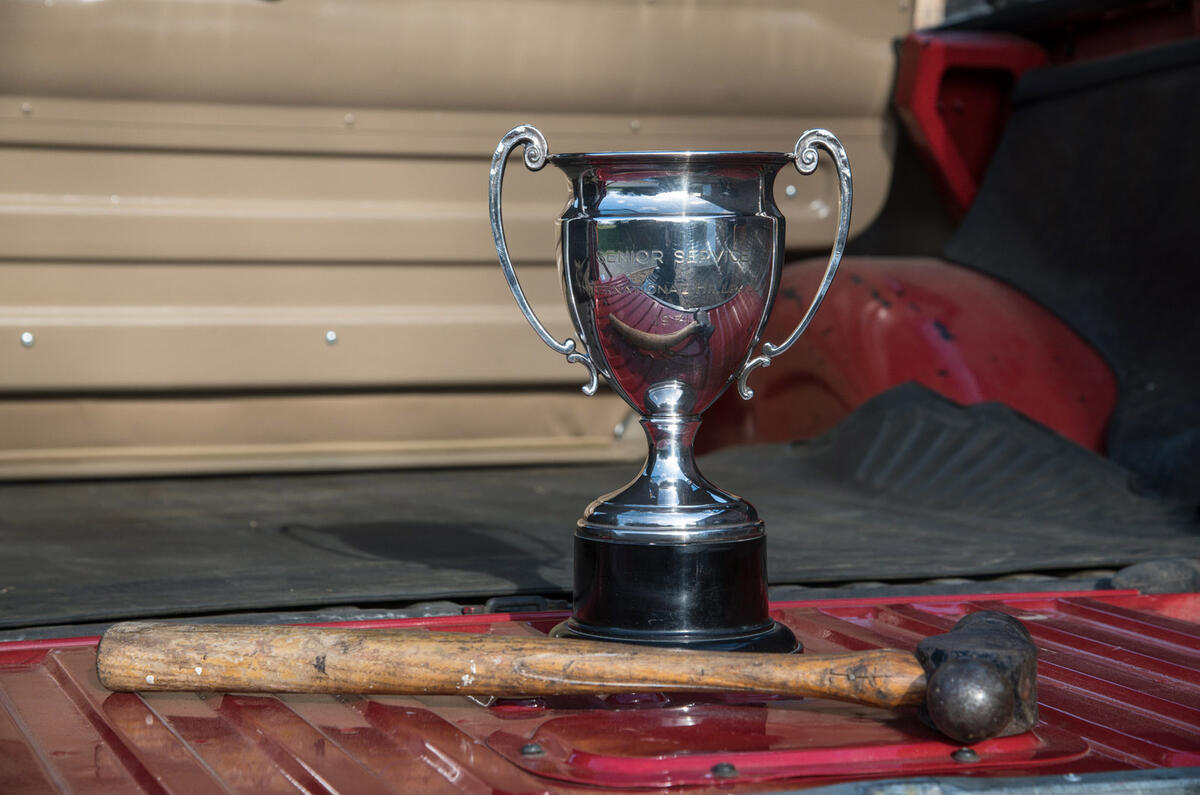


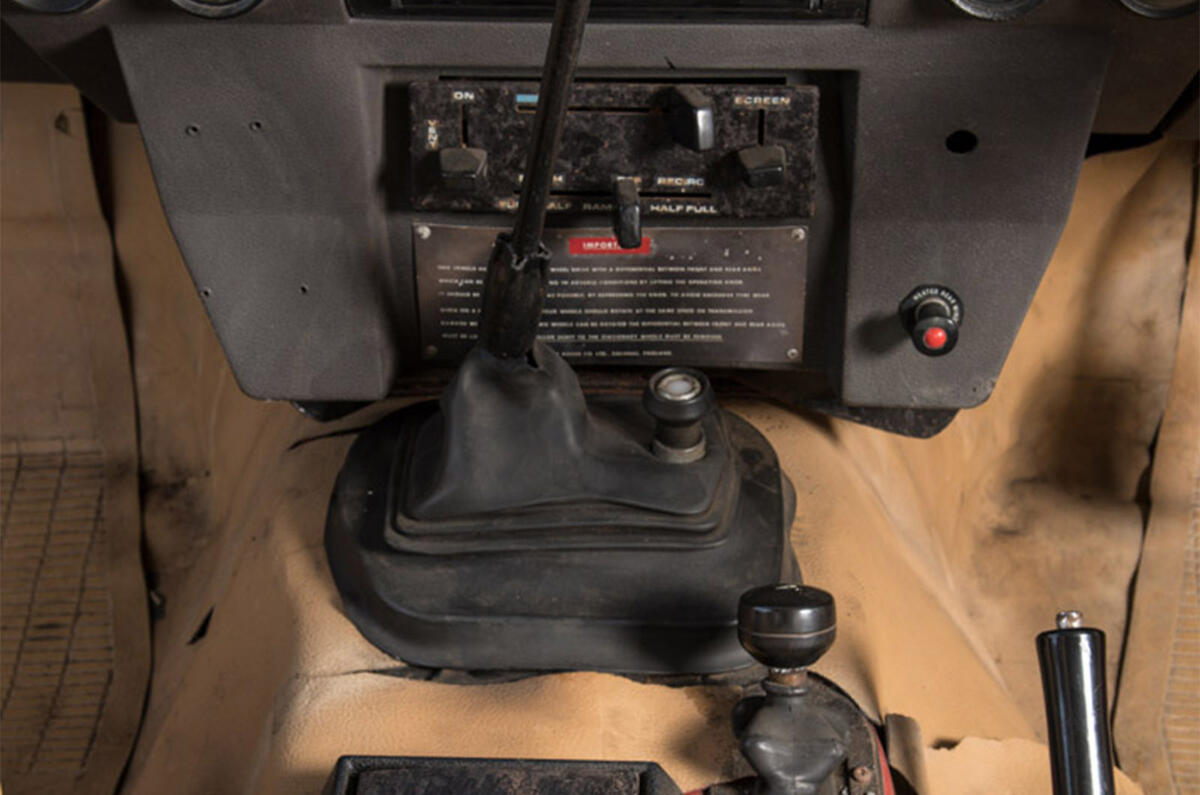
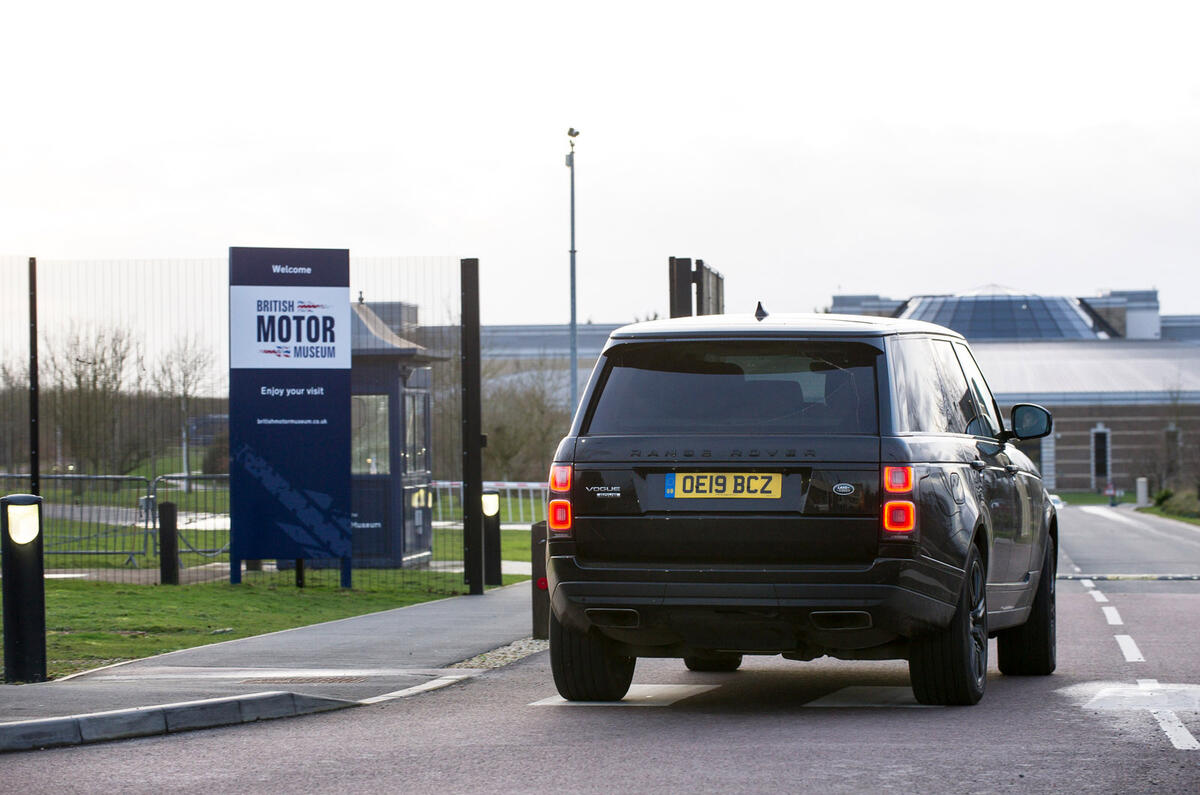

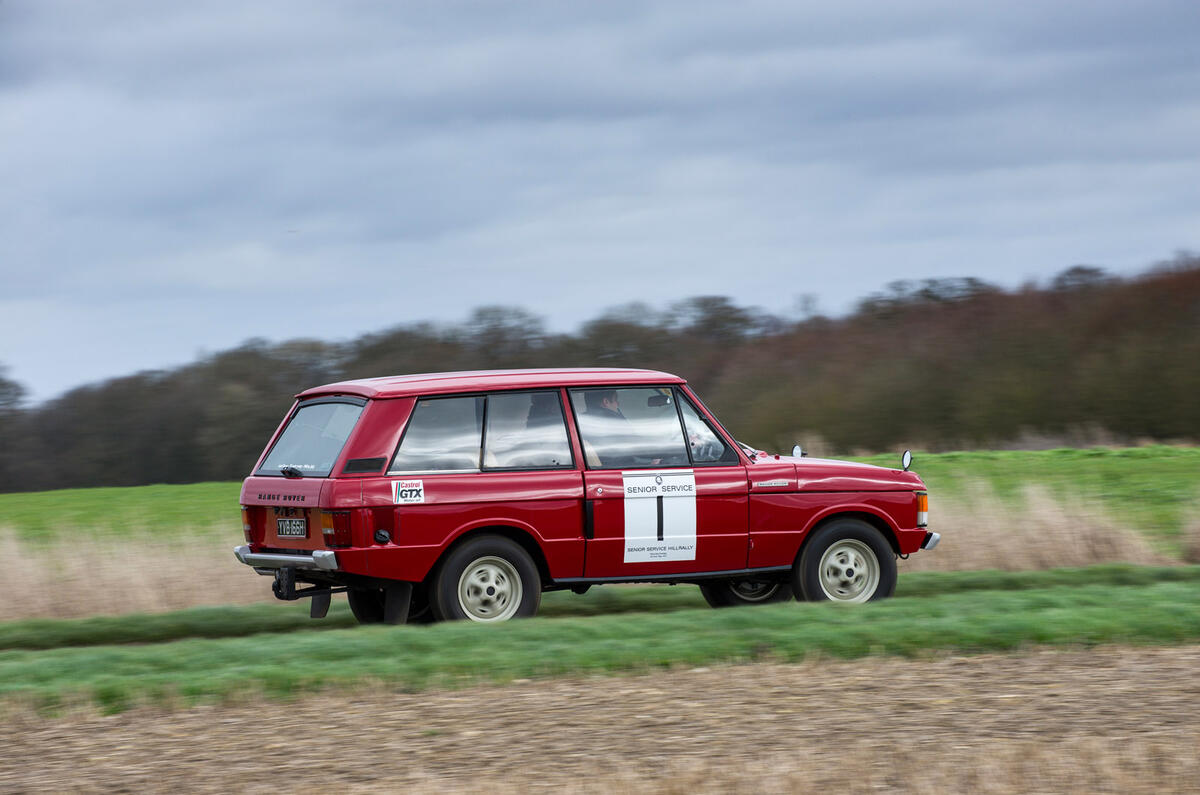

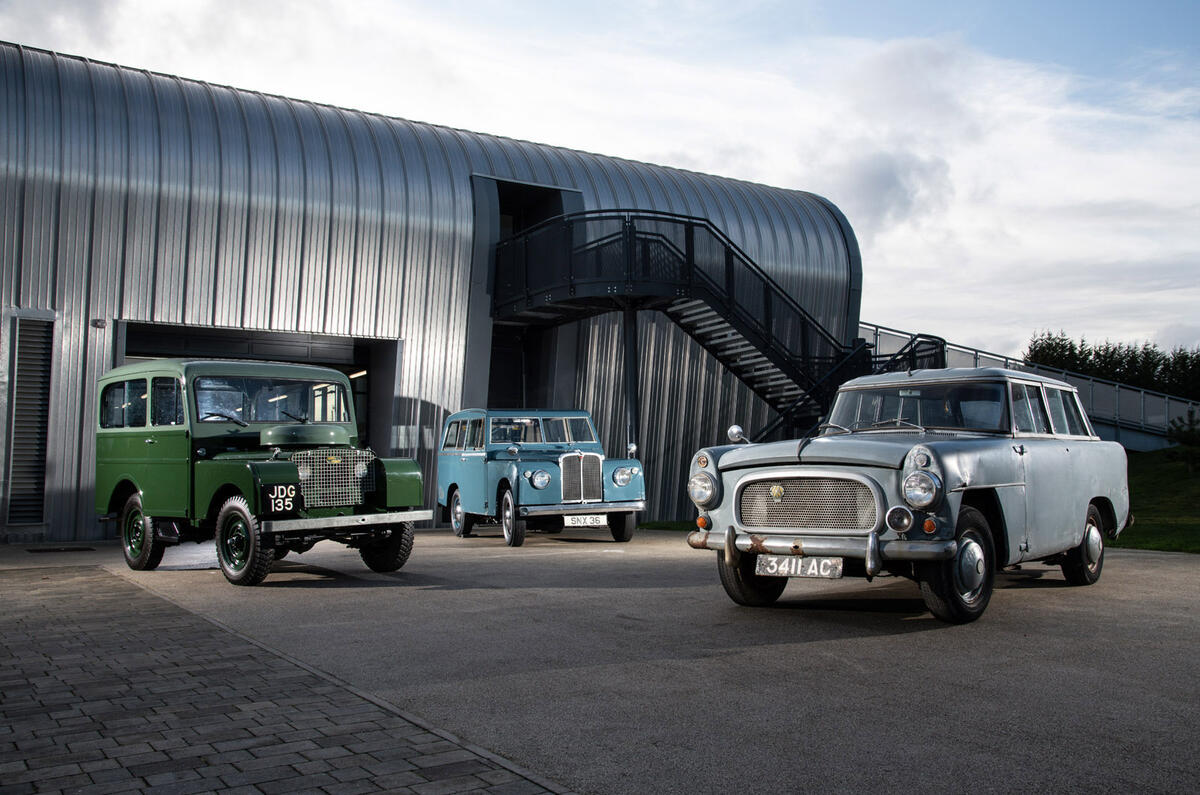

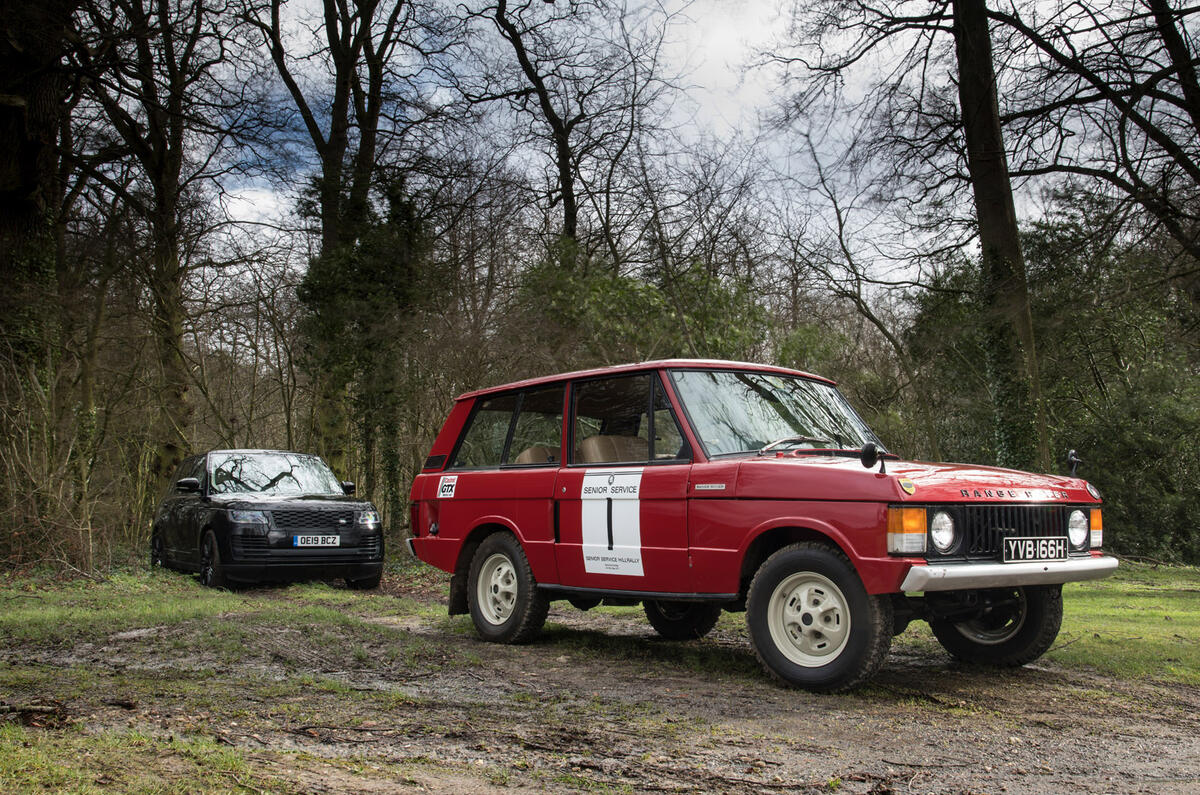






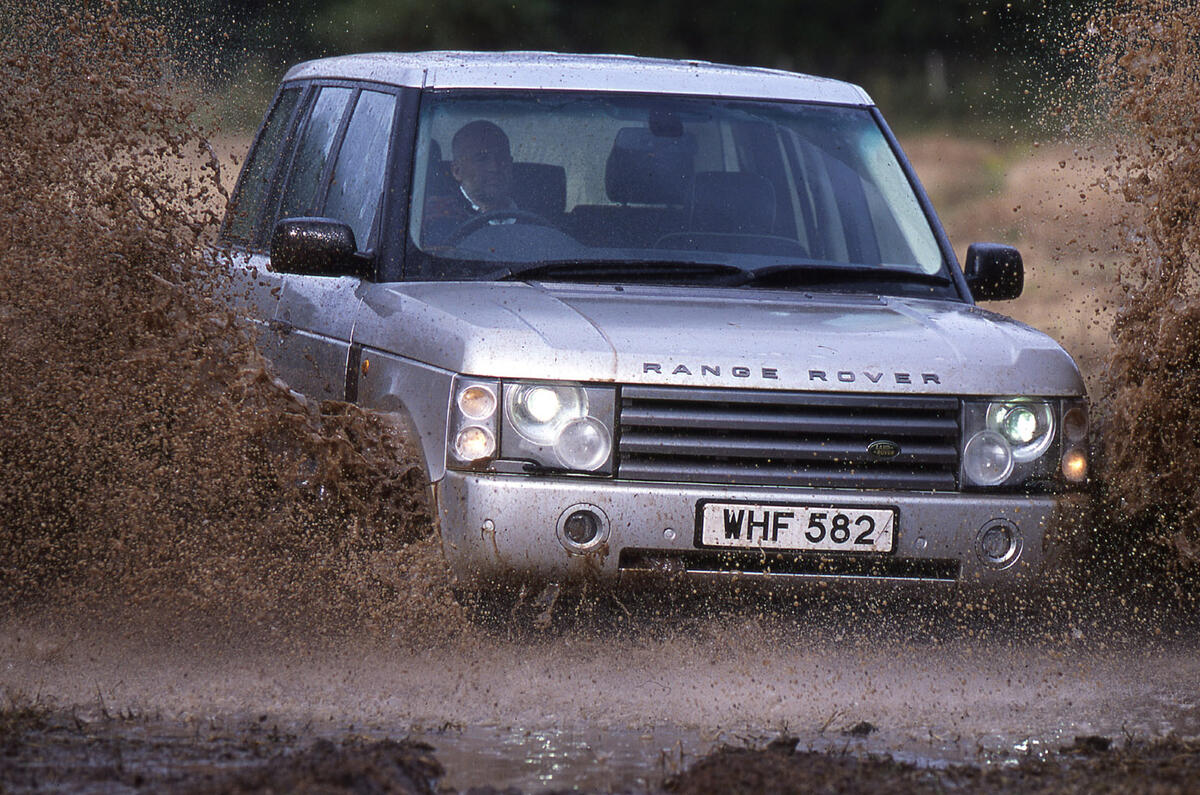
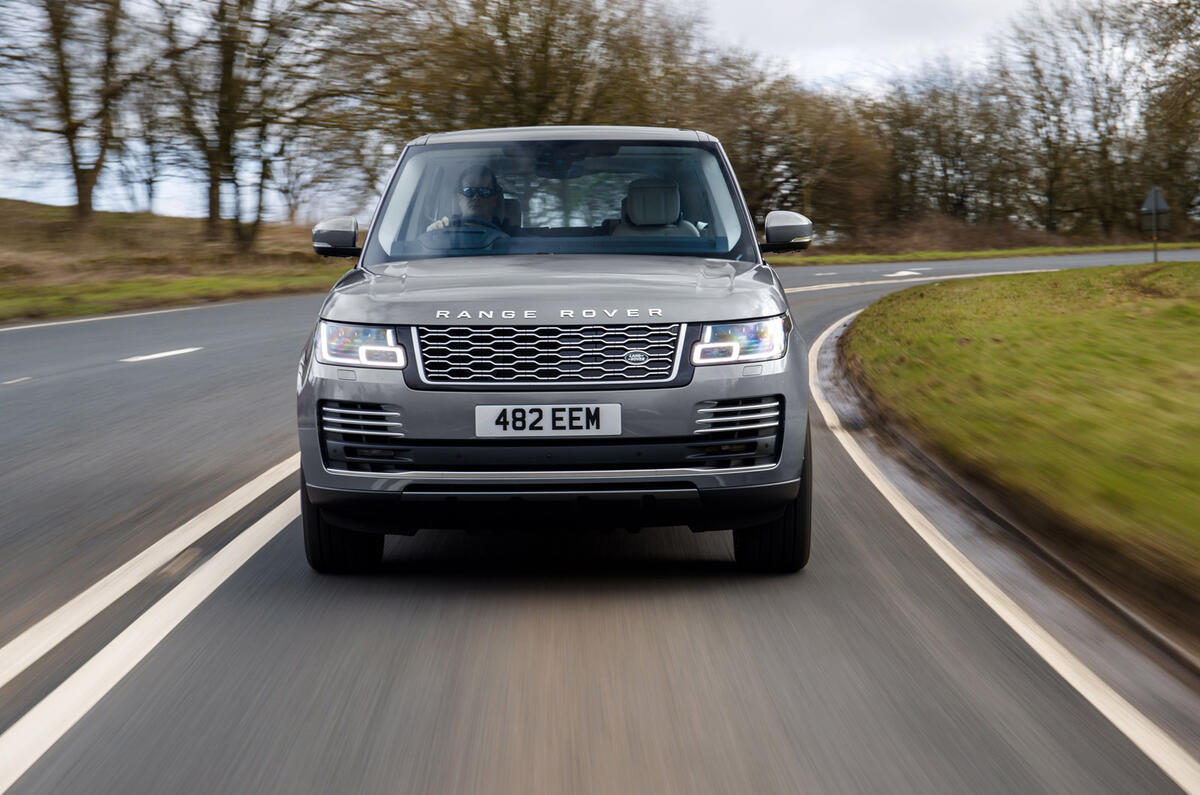

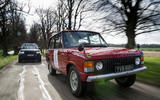































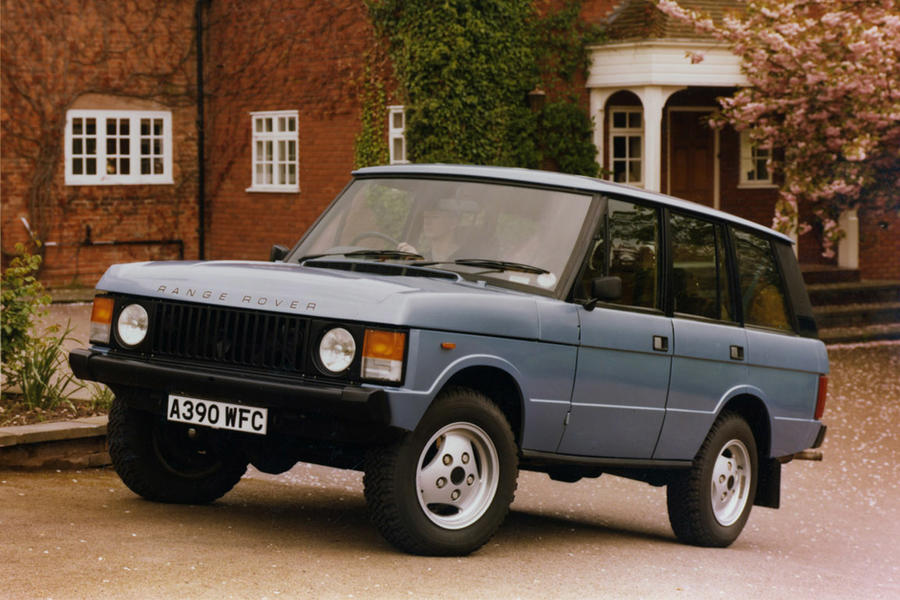


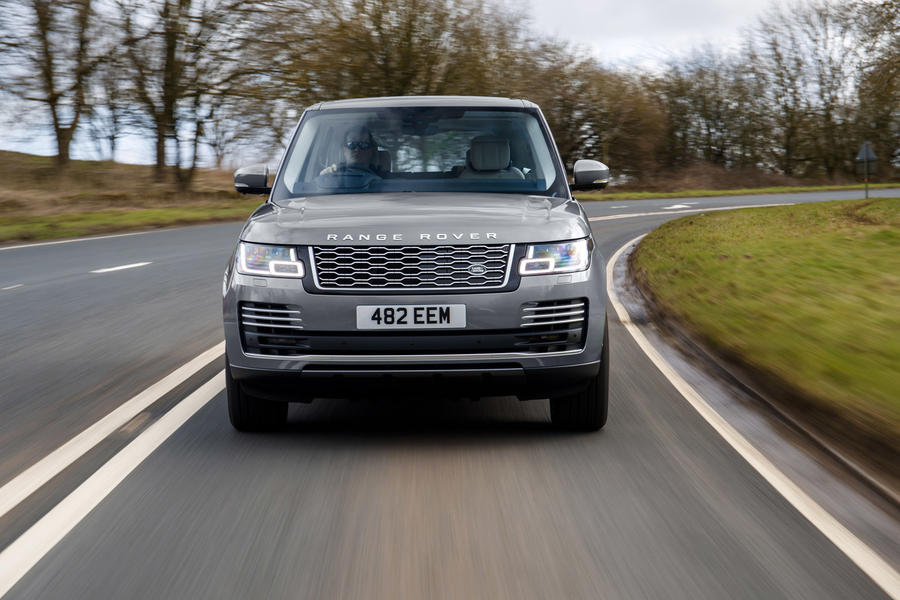


Join the debate
Add your comment
Range Rover based taxi
How many know that the Range Rover was set to become the basis for the FX5 London taxi (never built) and then also for the subsequent CR6, also still-born as Land Rover didn't much care for the association.
@ Matt Prior, can you post
Hopeless
So land Rover had 50 years to get this right and it is still unreliable. So much for British engineering now